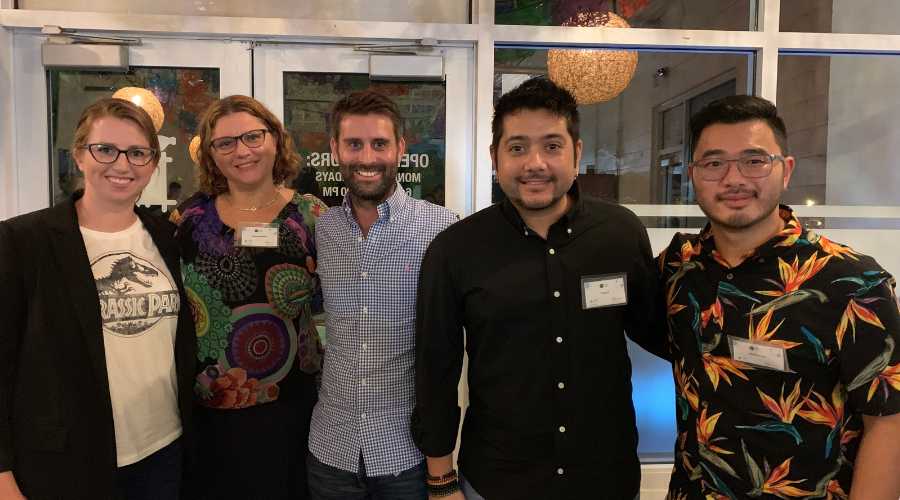
For those who may have missed the lively discussion, we caught up with the discussion’s moderator Chris Wall, owner of Walzzy Creative SEZC and co-founder of Grappzie; and panelists Darwin Lo, Co-Founder and Chief Technology Officer of Digital Consulting Group SEZC, a subsidiary of Insights Network; Tanya Wigmore, Founder and Chief Search Strategist at CRO:NYX Digital SEZC; and powerhouse duo, Paulo Fierro and Niqui Merret, founders of Jadehopper Ltd.
These talented individuals who live and breathe all things digital have have waded through the endless stacks of content on the subject to offer us some excellent insights and takeaways.
CEC: You or your client have an idea for a new app that you believe people will love. What’s the first step in getting the idea off the page? In less than a sentence, where do you begin?
CW: Do your research and look at the competitive landscape and see what differentiators you have compared to what is out there – if there is a gap in the market, question why it hasn’t been filled already?
DL: Before even building a mock-up, recruit 6-8 of the target users, probe the general area using open-ended questions (and certainly no leading questions!), and see if they bring up the pain point the app is solving without any prompting from you.
TW: Make sure there is no one else in the space already doing this better than you’ll be able to do.
PF: Assuming we believe the idea is viable, we’d typically start by looking at existing solutions in a similar space, and then figure out where these apps fall short or how we could improve their offerings in order to stand out.
NM: Determine the feasibility of an MVP (that is less than a sentence, right?)
CEC: Chris, you asked a great question during the panel discussion – Is acquiring the right talent just too expensive? How would you answer that one?
CW: Personally, I think it is for a tech start-up but with all businesses you need to know where to allocate resources and the reality is you can’t always get what you want. It may make sense to outsource the initial build to a third party at a smaller cost and then once you have a product market fit and raise capital or generate revenue, you then look to develop a handpicked team at greater cost; but at least at this stage you know the investment is worth it.
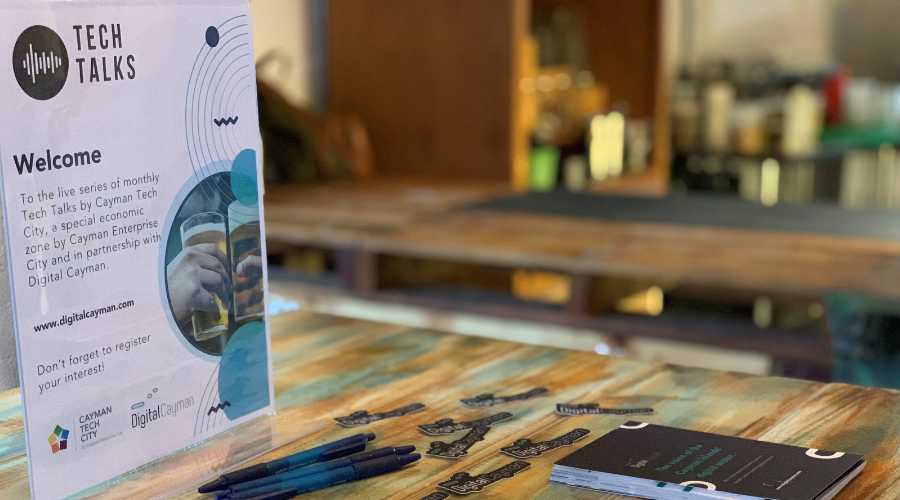
CEC: One common criticism of interviews by candidates is the use of technical screening tests for developers, or seemingly trivial phone screens that don’t progress. Niqui, can you explain your approach to hiring developers?
NM: We have a relatively simple exercise that we give potential candidates with our primary request to be completed without the use of frameworks. This gives us a good idea of how much someone understands the core technologies. You can tell a lot about someone for how the approach a simple task - are they prone to over complicating things? Do they follow basic acceptance criteria? Do they rush because it is a simple task and make silly mistakes? After the code is reviewed then there is a move to the interview stage, and this means that the team reviewing the code know nothing about the person and this eliminates any potential bias. As a result, we have a diverse team with mixed gender, race and age.
CEC: What are your thoughts on hiring remote workers? 👍 or 👎
CW: There are a lot of benefits to remote workers provided they share the same goal and vision and still be a team member in the same way as they would do by being in the office. You just need to find the right team (which is hard and takes time).
DL: There are capable people all throughout the world. Besides being more affordable for companies, hiring people from abroad to work remotely is a way for people in developing countries to grab onto developed countries and pull themselves up. It also enables the exchange of insights. Even within a developed country, remote work gives people control over interruptions, the ability to evolve ideas asynchronously over several days, as well as be more considerate in their speech.
TW: 👍 👍
PF: Remote workers are the future. Slowly but surely companies are realizing that the best developers and designers don’t necessarily live in their area code, and those folks may not want to put up with potential visa and immigration issues or higher costs of living. I believe that companies who figure out how to adapt to and embrace this change will have a massive advantage.
NM: I am a big fan of remote working and have been remote myself for a long time but there does need to be a culture in the company that supports remote working. There are a couple areas where I see companies failing including creating an onsite/offsite divide and being disorganised so that people in different time zones do not have the ability to complete their tasks without a lot of support from people who may not be online or available.
CEC: Darwin, I believe you said something along the lines that a minimum viable product (MVP) is not a product, it’s more about the process. How do you make sure that you and your team(s) are spending less time on cool, shiny new features and more time on the “fast fail”?
DL: A minimum viable product may take 3-4 months to build, even longer if the baseline standards of the market are high. And you never get it right on the first, second, or even third try. So, it's better to validate (or more likely, invalidate) the idea before building it. The typical ways to do this are user interviews and user testing using a rapidly built prototype, perhaps a hack built on top of an existing product. A strong signal is upfront commitment to pay. A negative signal is failing to hear the pain point being brought up unprompted by any target users during the user interviews. Reid Hoffman says, "With practice, killing your bad ideas will become second nature to you. And this ruthless killer instinct will clear the path toward your big opportunity."
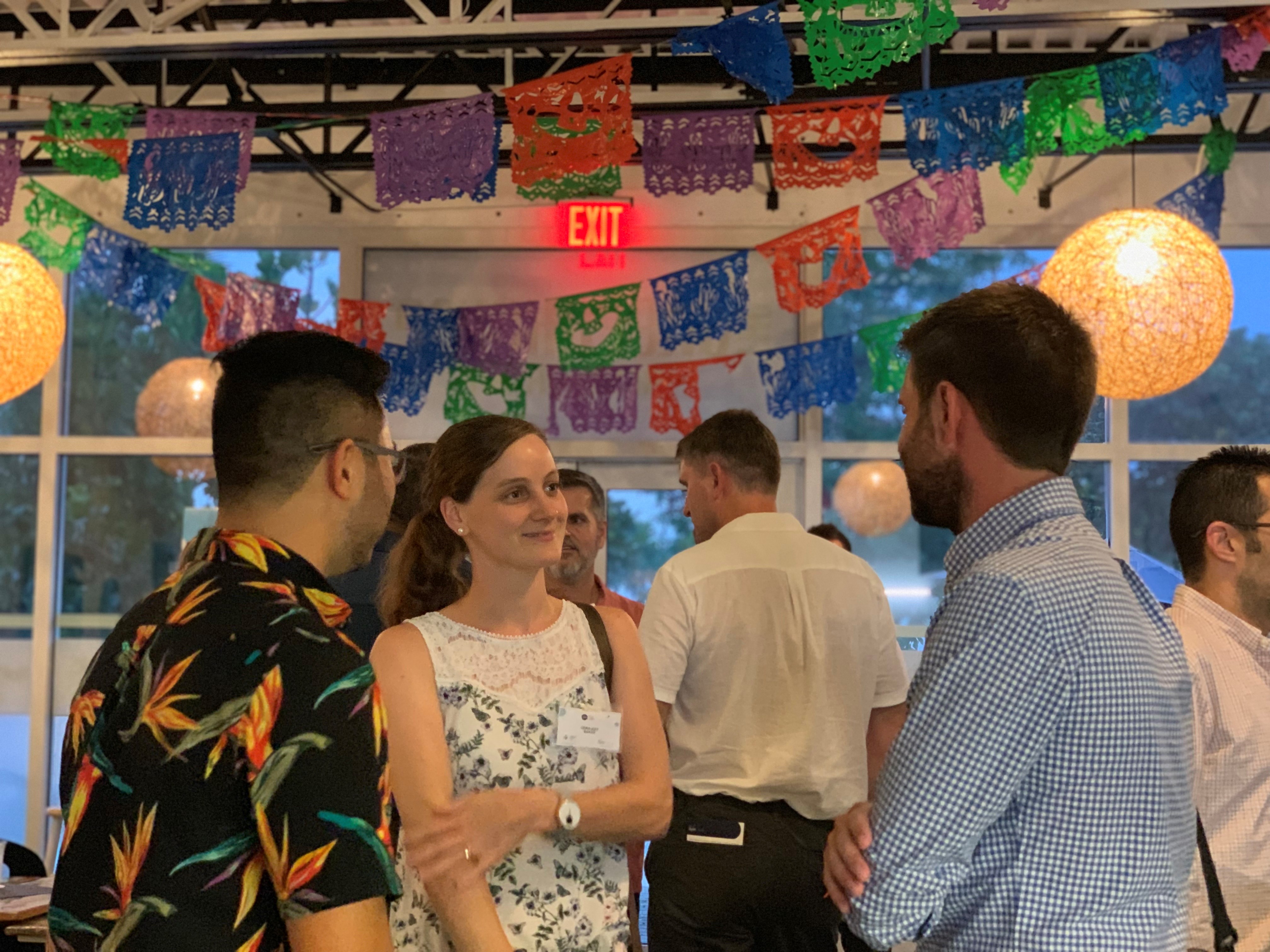
CEC: Paulo, what’s your favourite thing about developing tech products/apps? What gets you out of bed every morning?
PF: Taking an idea, building it from scratch and putting it out into the world is always an exciting ride. Making something that helps alleviate an everyday frustration or removes unnecessary friction from mundane tasks is incredibly rewarding. We really can use the tools we have available to help improve someone’s life, even if in a very small way. Better living through technology!
CEC: Tanya, your forte is in inbound/digital marketing. How would you launch the Google Self-Driving Car?
TW: A product like this really shakes up the status quo and people have a lot of questions and fears about change. Alongside a broader traditional media push to create awareness I’d dive deep in two areas: why would people want a self-driving car and why wouldn’t they. The reasons against self-driving cars are primarily fear-based (what if I’m in an accident? Who is liable? How safe is this? Has it been tested? What does insurance look like? etc.). To assuage these fears I’d go with an inbound marketing campaign that produces content answering all these questions, infographics, videos, etc. so when people are talking about self-driving cars (thanks to the larger media push for awareness) and are doing their research, they come across our articles which put their fears to rest.
Not having a fear of self-driving cars isn’t enough reason to buy one so I’d then branch into the allure of them and find some influencers who we could partner with to have a broader reach and show different use cases. Think Carpool Karaoke (safety for when we’re distracted) + Gary Vaynerchuk ‘walking around LinkedIn video’ (how you can hustle and get more done when you can work in the car) + a partnership with a group that helps people with physical disabilities who can gain their independence and mobility because of this product.
With new products like this, the bad stories will get way more traction than the good ones, so we need to make the good ones very impactful and very visible.
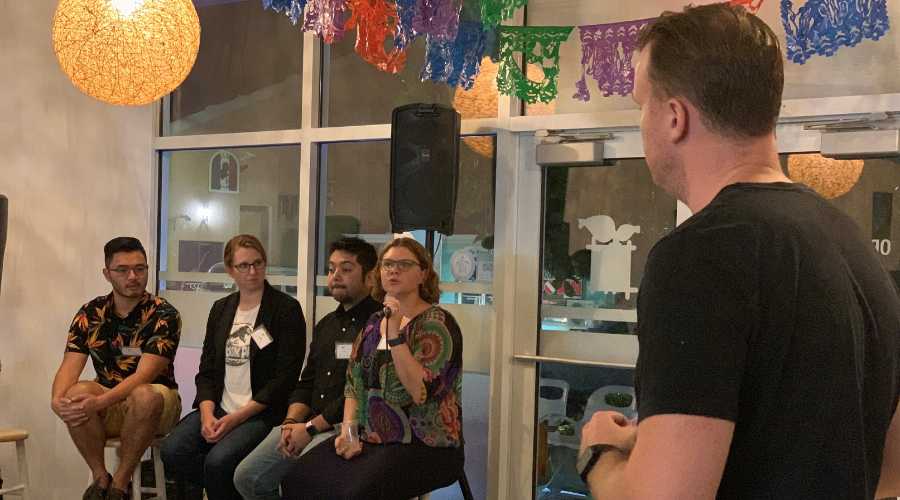
CEC: The cost of launching a new tech product is getting extortionately expensive. How are developers going to work around the growing cost to create and successfully launch new tech products and what does the future of raising capital look like?
CW: The cost of development is certainly increasing as users demand more for a baseline product and the pace of change is rapid. I think you have to know what your customers want and get that right through significant beta testing so that they love your product before it hits the “market”. In terms of fundraising, I think that this is getting harder and harder from pre-seed upwards. You need the data to support valuation at a much earlier stage which means you need to get a good product to market and leverage free network effects as much as possible so that you can build your customer base in a cost effective manner.
DL: The biggest lever we have to reduce cost is the 90/10 Principle -- what would take 10% of the investment but get 90% of the result? There is almost always a 90/10 solution. The next best levers are good development tools and third-party services. As for raising capital, it is better understood now than ever before that product-market fit is the first milestone in a startup, that nothing else matters before product-market fit is achieved, and what the metrics look like once it's been achieved. There is now even a rigorously validated leading indicator for product-market fit that can be used as a KPI. Being on the path to product-market fit will be a de facto requirement for a Series A.
PF: I don’t believe raising capital is always the answer. Bootstrapping as long as possible and slowly building a profitable business that can endure may be preferable to taking venture capital. After all, VC’s are often looking hyper-growth to fuel a profitable exit via acquisition or IPO which may not align with your mission or goals.
NM: I don’t think that launching a good new product has ever been a cheap/easy process. I don’t see there being that much of a difference now as there was say 10/20 years ago. Starting off with a solid idea and getting the right people together is what will be the basis of success.
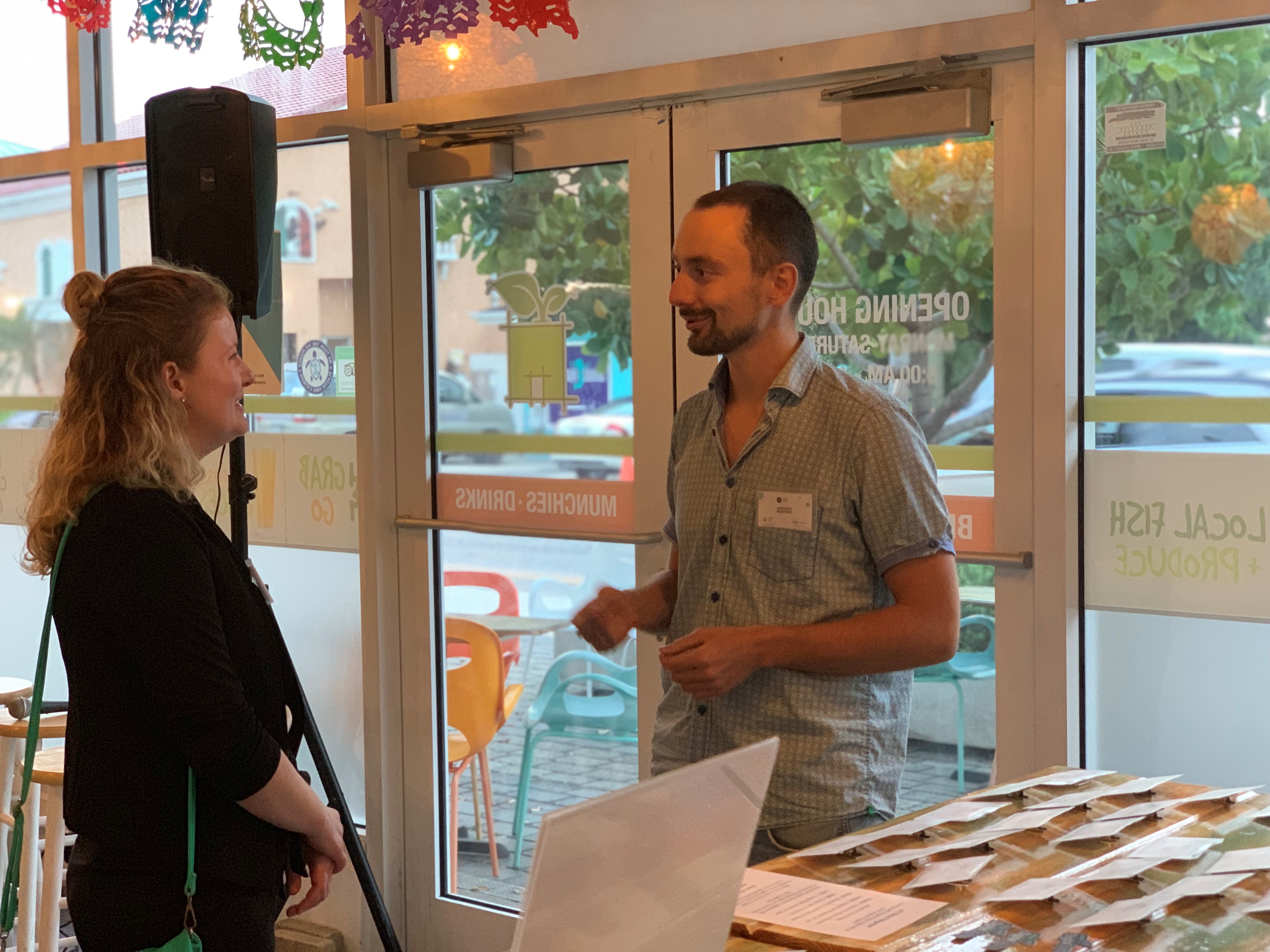
CEC: The Cayman Islands is a unique place where you’ve all decided to locate and grow your businesses. Where do you see opportunities to further develop and strengthen Cayman’s digital economy/tech sector?
CW: Cayman is a fantastic place and there are some great opportunities to put it on the map as not just a financial and tourist hotspot but as a technological hub. We have long been a professional jurisdiction with excellent legal talent and a stable political regime, so I can see development of data trusts to be well suited here.
DL: You can't just pour money into an economy and cross your fingers, hoping good things will happen. Deploying money without wisdom is functionally equivalent to dumping the money into a fire. At the cost of many startup deaths, a lot of wisdom has been gained on how to do a startup, and this knowledge needs to be transplanted from Silicon Valley into Cayman. After that, Cayman can surpass Silicon Valley by taking the wisdom to the next level, building support for good patterns and actively discouraging anti-patterns.
TW: Identifying and removing/reducing the barriers to entry that are preventing startups with great ideas from getting started is one way. Another is to make sure we have a skilled tech workforce who is able to fill the jobs that these companies can create. As more digital and technology-focused companies get started they will naturally cross-pollinate ideas and resources which can help to grow the sector even more.
PF: I think it really has to start in the schools. Introducing programming to kids from an early age can be very beneficial. Understanding logic, pattern matching, and learning how to solve abstract puzzles are good skills to have, even if they don’t go on to become software engineers. Having a pool of local talent can only help to boost the sector.
NM: This really should be looked at on both a local and international level. Creating exposure in the tech communities around the world, showing off the community here and the potential opportunities will draw more people to the island. Then programmes like the Cayman Code Academy is an excellent example of embracing and growing the local community.
CEC: Is there anything else that you would like to say/include?
CW: On behalf of Digital Cayman, I would like to say thanks to the team at CEC for organising these great events. They are excellent ways to network and we encourage as many people to attend them as possible.
DL: All too often, people are eager to start from square one and meticulously recreate every mistake that has ever been made. You will not get far this way; even the almighty Newton attributed being able to see further to standing on the shoulders of giants. Instead, start from the state of the art -- best practices that have been evolved and battle-tested over time -- and go from there. You will avoid pitfalls you didn't even know about and hit high notes you didn't know were previously achievable.
TW: Initiatives like Digital Cayman are a great way for us to bring the digital community together and to foster innovation here on island.
PF: I’m thrilled and grateful that CEC and Digital Cayman are organizing these series of talks and get togethers as its definitely something we were missing. Thank you!
NM: It is truly fantastic having these events. Thank you CEC and Digital Cayman.
The discussion, which took place 11 October 2019 at The Greenhouse, was part of an ongoing series of monthly ‘Tech Talks’ by Cayman Tech City in partnership with Digital Cayman. Tech Talks are open to members of the public working within the Cayman Islands’ technology sector. For more information and to register your interest email innovate@caymanenterprisecity.com.
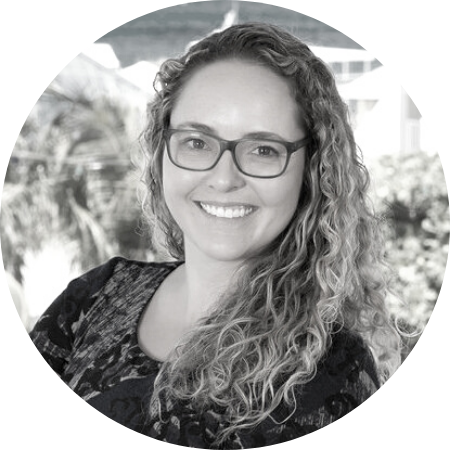

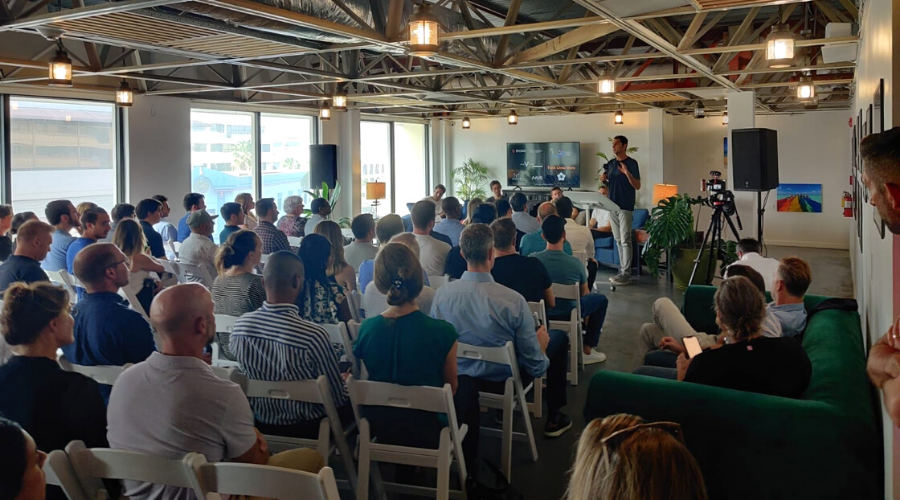
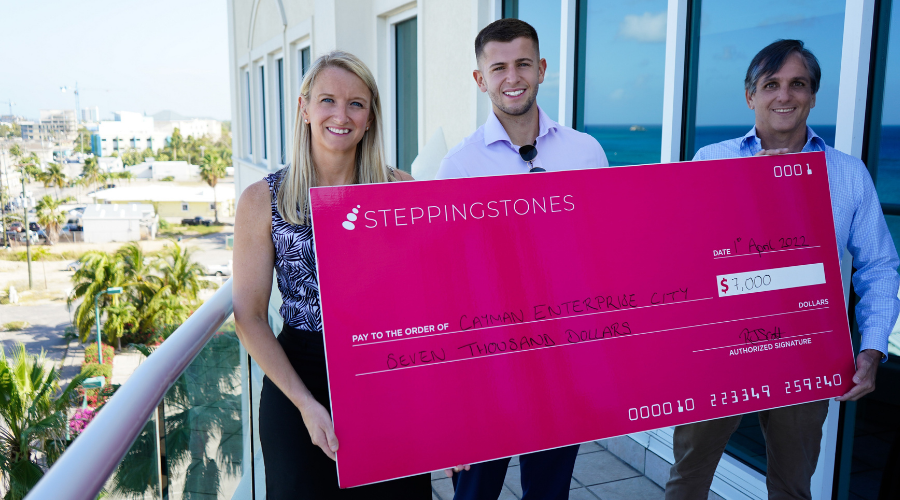
.jpg)
